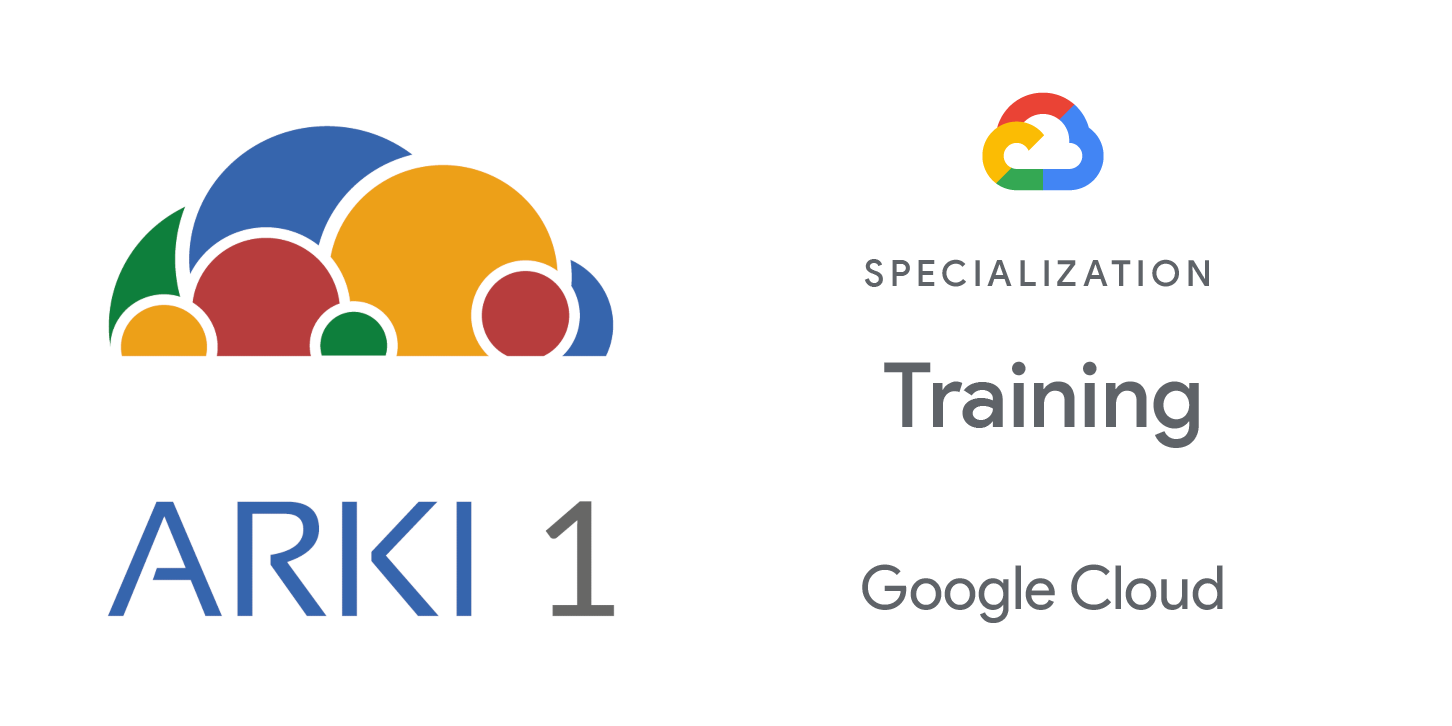Dive deep into the technical underpinnings of FinOps and gain the expertise to optimize your cloud spending and drive business value. This comprehensive course is designed for cloud architects, engineers, and technical professionals seeking to master the tools, technologies, and strategies that empower effective cloud financial management.
Objectives
In this course, participants will learn the following skills:
- Understand the core principles of FinOps and how it bridges the gap between technology and finance in the cloud.
- Explore proven techniques to identify cost inefficiencies, optimize resource utilization, and achieve significant savings.
- Utilize advanced monitoring tools and data-driven insights to track spending patterns, forecast costs, and make informed decisions.
- Implement effective cost allocation models to accurately attribute cloud expenses to specific teams or projects.
- Leverage IaC to automate cost management processes, enforce spending policies, and ensure consistent financial governance.
- Use industry-leading FinOps platforms and tools to gain comprehensive visibility into your cloud spending and optimize resource usage.
- Apply your knowledge to real-world scenarios through hands-on exercises and case studies.
- Foster a culture of cost awareness and accountability within your organization.
Audience
Audience
Audience
Audience
This course is intended for the following participants:
Customers
Prerequisites
To get the most of out of this course, participants should have:
Knowledge of Google Cloud infrastructure as discussed in Google Cloud Fundamentals: Core Infrastructure.
Duration
2 days
Investment
Check the next open public class in our enrollment page. If you are interested in a private training class for your company, contact-us.
Course Outline
- Recognize financial governance challenges facing organizations today.
- Understand the purpose of Google Cloud FinOps framework.
- Implement the Google Cloud FinOps operating model.
- Discern the three phases and five pillars of the Google FinOps journey.
- Understand Google Cloud Billing account management.
- Navigate the Cloud Billing dashboard.
- Control access to billing accounts with IAM and permissions.
- Configure and use BigQuery billing to export data.
- Visualize your costs with Looker Studio.
- Utilize labels on resources.
- Define and bind tags to projects and resources.
- Access label and tag information in billing data.
- Understand the benefits of budgets and alerts.
- Create a budget.
- Create budgets with gcloud, Python, and Terraform.
- Understand BigQuery compute and storage costs.
- Use queries and tools to help understand and manage BigQuery costs.
- Recognize best practices for BigQuery cost management.
- Use cloud resources efficiently and avoid waste.
- Understand computing and network charges incurred in Google Cloud.
- Understand additional Google Kubernetes Engine costs beyond computing and networking.
- Optimize Cloud Storage costs based on location, access patterns, and lifecycle.
- Understand SQL database costs, including Cloud SQL, AlloyDB, and Spanner.
- Utilize Database Committed Use Discounts (CUD).
- Understand NoSQL database costs, including Memorystore, Firestore, and Bigtable.
- Decipher charges associated with machine learning model preparation, training, and hosting.
- Understand costs associated with generative AI usage, including subscriptions and API usage.
- Use techniques for automating resource management.
- Respond programmatically to budget alerts Pub/Sub messages.
- Utilize the Cloud Asset Inventory service.
- View recommendations in the Google FinOps Hub.
- Establish a FinOps team and a roadmap.
- Implement processes and workflows for FinOps.
- Define success for a FinOps strategy.
- Recognize the need for continuous improvement and evolution of FinOps.

